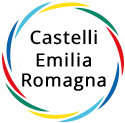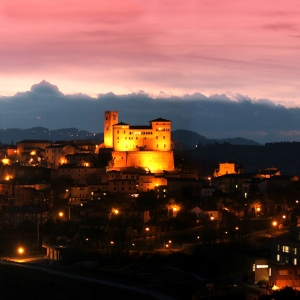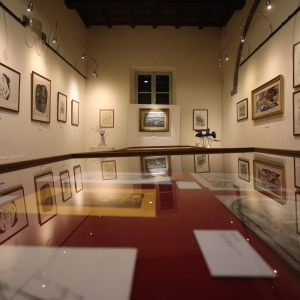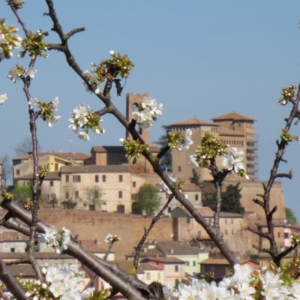Open today
Castello Malatestiano di Longiano
The Foundation owes its name, and its entire existence, to Tito Balestra (Longiano 1923-1976), but not only. It was in fact established thanks to the act of generosity of his wife, Anna Maria De Agazio, who after the premature death of her husband in 1976, in 1986 donated to the foundation the entire figurative heritage, for a total of over 2000 works including oils, works of graphics and sculpture. Over the years, the collection has continued to grow rich thanks to numerous bequests and donations (over 900 pieces) from friends, relatives and artists who came into contact with the poet, which is why the need arose for a special space to replace the temporary display , which since 1982 was held at the modern building of Via Giovanni XXII. The municipal administration of Longiano, recognizing the importance of the donated works, in 1989 tried to create a Foundation, in which the Province of Forlì-Cesena, the Cassa di Risparmio di Cesena Foundation, the Superintendency for the Historical and Artistic Heritage of Bologna, and some family members of Tito. In 1989 it obtained the juridical recognition from the President of the Republic, and in the same year it changed office, moving in the actual one to the premises of the Malatesta Castle. Since the inauguration in June 1991, the Foundation has pursued the aim of spreading the knowledge of contemporary graphic art and visual arts. The permanent exhibition of part of the works is only one of the means by which to pursue this goal, alongside temporary exhibitions, events and conferences promoted also in collaboration with public and private bodies, multiple activities carried out over the years, to which alongside those still to be realized. Specific and particular attention is given to educational workshops, in 1999 the Tito Balestra Foundation, together with some members of the Italian Operative School, established the CIDO (Italian Center for Operative Education). He works through the Didactic Experimental Laboratories and spaces for the research of expressive languages, in order to make his own art gallery not only a place of conservation of the works, but also an opportunity to stimulate, especially in the new generations, through emotions and cultural confrontation, an "aesthetic existence".









